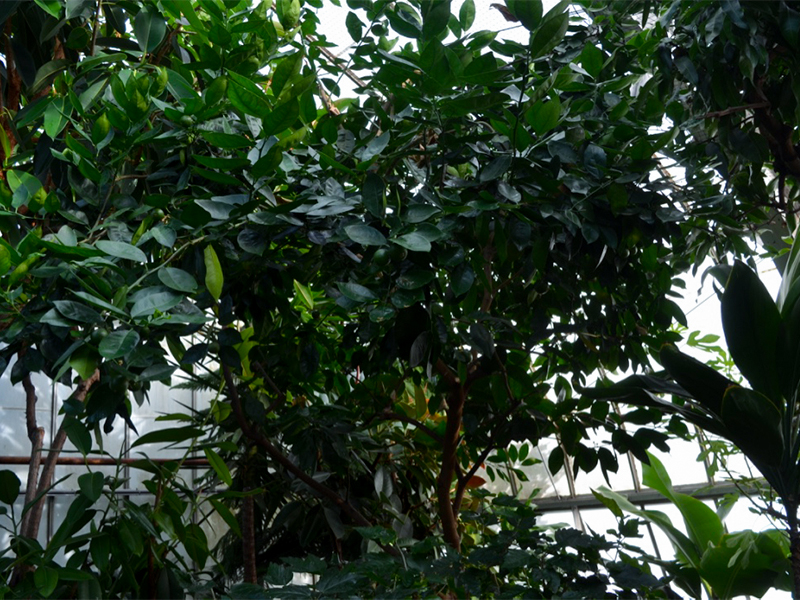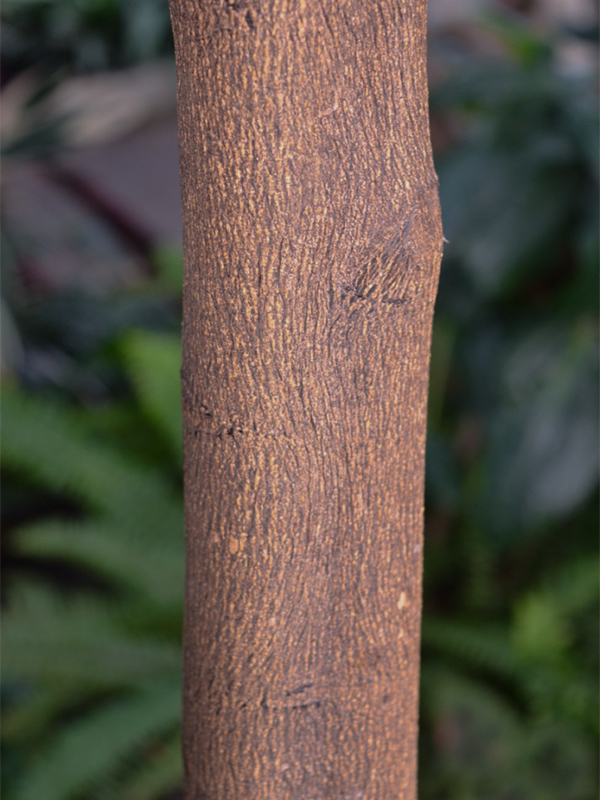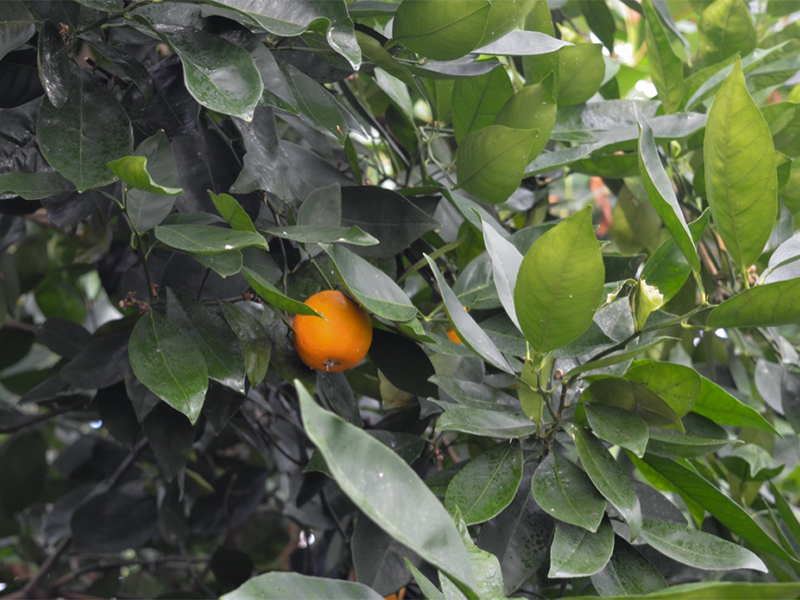
Perennials, Tropicals > Citrus > Citrus sinensis > Citrus sinensis 'Valencia'
Citrus sinensis
'Valencia'
Valencia Orange
| Family |
| Rutaceae |
| Genus |
| Citrus |
| Species |
| sinensis |
| Cultivar |
| 'Valencia' |
| Category |
| Perennials, Tropicals |
| Type |
| Tree (evergreen), Shrub (evergreen) |
| USDA Hardiness Zone |
| 9 - 11 |
| Canadian Hardiness Zone |
| Requires cold season protection under glass. |
| RHS Hardiness Zone |
| H1c - H4 |
| Temperature (°C) |
| -10 - 10 |
| Temperature (°F) |
| 14 - 50 |
| Height |
| 4 m |
| Spread |
| 3.5 m |
Photographs
Description and Growing Information
Flowering Period
| Cultivation |
| Grows best in full sun with slightly acidic, well-drained soil. Water deeply, and water well once the fruit is set, or the fruit will fall off. Shelter from strong winds. |
| Shape |
| Round. |
| Growth |
| Fast |
| Pests |
| White wax scale, sooty mold, aphids, citrus miners, snails and stink bugs. Xylella a bacterial disease is a serious threat to many horticultures crops due to its virulence and wide range of species it can infect. It can infect more than 560 species with wide ranging symptoms including leaf scorch, yellowing and scorching, wilt, branch and twig dieback and plant death. These symptoms can be identical to other symptoms such as drought and weather stress. Infected plants show symptoms within a few years after planting. |
| Leaf Description |
| Oblong to oval in shape. |
| Flower Description |
| Showy, fragrant flowers. |
| Fruit Description |
| Fruit takes 12-15 months to ripen and closely resembles other oranges in appearance and flavour with skin studded with oil glands and flesh divided into segments. |
| Colour Description |
| Flowers are normally white but can have red and purple. Fruit starts out green, then ranges from yellow to orange when ripe. |
| Texture Description |
| Leaves are leathery and glossy. Bark is smooth but has sharp thorns. |
| Notable Specimens |
| Centennial Conservatory, Thunder Bay, Ontario, Canada. |
| Propagation |
| By seed or cuttings. |
| Ethnobotanical Uses (Disclaimer) |
| Beware of bursting fruit. Hot summer winds can be a cause for fruit to literally burst out of their skins. |



